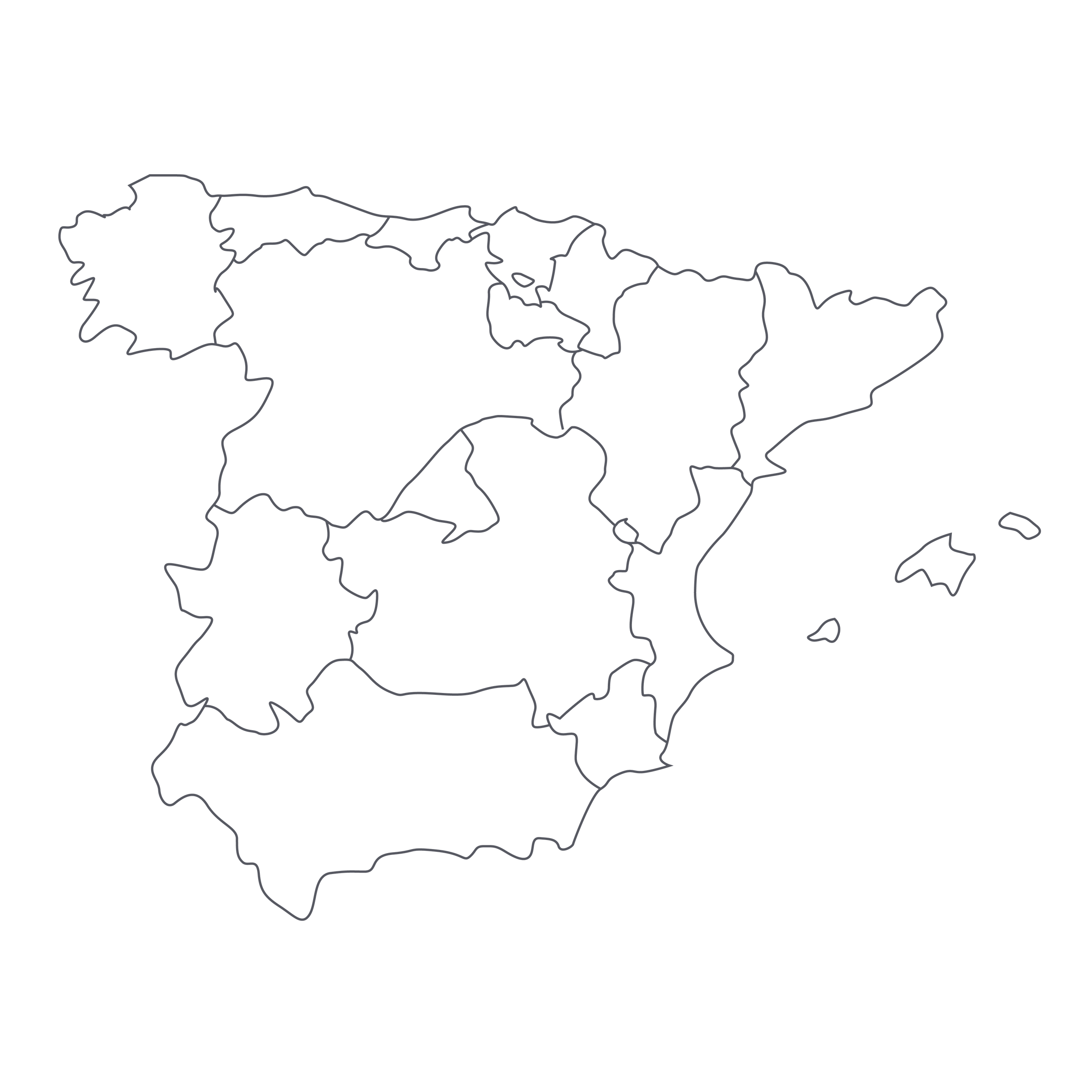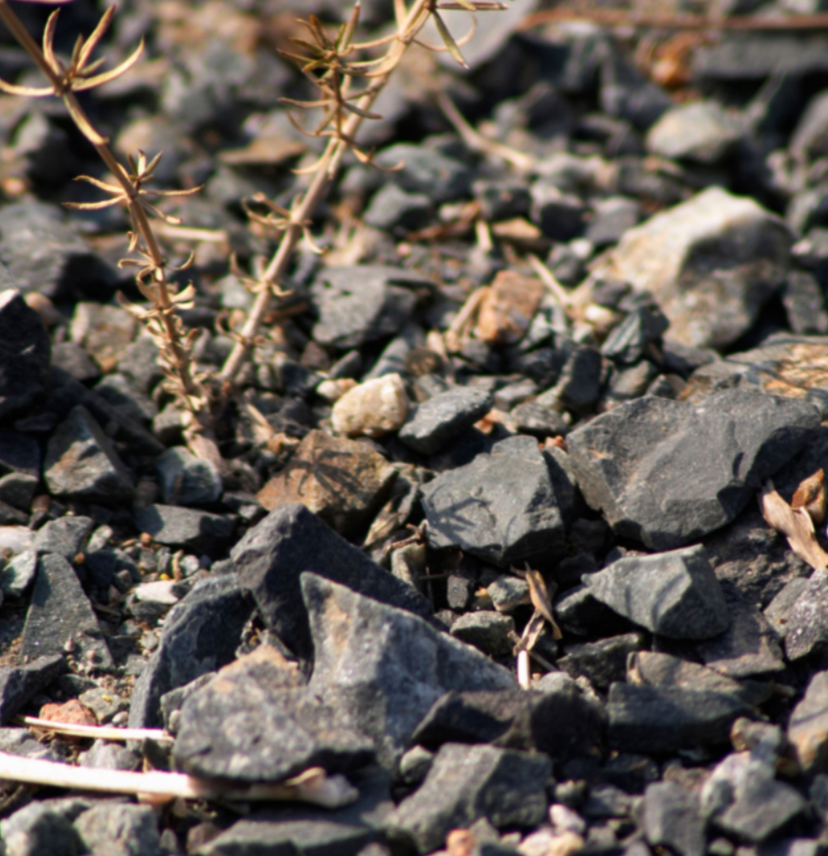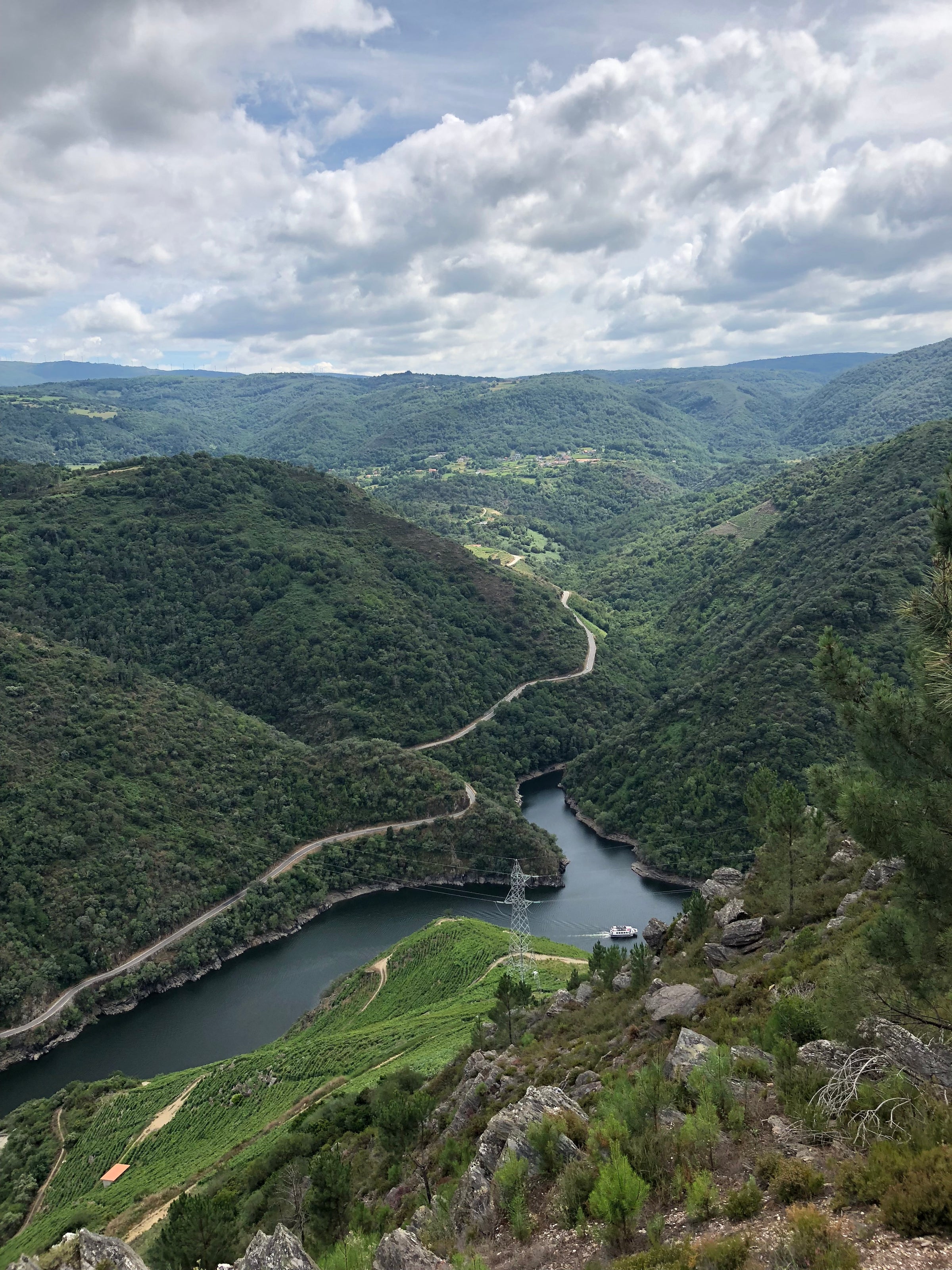The word ‘ribeiro’ is Portugese for ‘brook,’ or ‘stream,’ and it’s an apt name for a wine region traversed by three dramatic river valleys that snake their way toward the Atlantic Ocean. Steep-pitched, often terraced vineyards line the banks of the rivers Miño, Avia, and Arnoia, cooled by Atlantic breezes and rooted in granite bedrock, and the red wines, driven by the native Mencía variety, continue to blow us away.
The Ribeiro DO, along with nearby Ribeira Sacra and Bierzo, is an appellation to get to know, intimately: What were once rustic, sometimes sharp-edged reds from these denominations are evolving into perfumed, polished wines that still display a distinctive mineral core. And while Mencía is often compared to Loire Valley Cabernet Franc, I’m more inclined to liken this red from Bodegas O Ventosela to top cru Beaujolais. There’s energy, structure, and exuberant dark fruit presented in the most easy-drinking of packages. This goes down very, very easily, yet it leaves a lasting impression. It is an absolute must-try at this (incredible) price!
Bodegas O Ventosela was created by ex-restaurateur Juan Miguez Montero in 1980. He originally worked with local growers to source fruit, but eventually acquired an estate vineyard from which the majority of his present-day production is sourced. He works mainly with the native Treixadura on the white side and Mencía on the red, though this bottling also incorporates small percentages of the local reds Sousón and Brancellao. Although the grapes for “Viña Leirina” are 100% destemmed, there are some similarities to cru Beaujolais in the soil composition of Ribeiro, which consists of ‘alluvial’ sand and gravel over granite bedrock. This wine is all about bright fruit and crisp, mineral-laden refreshment, and is aged only in tank before bottling.
One of the things the best Galician reds manage is to be both deeply, darkly fruited but also lifted and floral. This wine’s tannins are gentle and its acid is bright, but not sharp, so you get plump, juicy, palate-coating fruit but a clean, aromatic finish. “Buoyant” is a word that leaps to mind when tasting this wine: In the glass it’s a deep ruby-purple, with aromas of black raspberry, mulberry, pomegranate, crushed rocks, violets, and a hint of aromatic green herbs like sage and mint. Medium-bodied and juicy, with low alcohol and soft tannins, this is what they call
‘glou-glou’ in the cool wine bars: bright, site-expressive red wine that’s eminently refreshing. It’s ready to go now and opens up nicely with about 30 minutes of air in a decanter; serve it in large Burgundy stems at around 60 degrees to accentuate its floral aromatics and soften its acid. This would make a great partner to the attached recipe, which, while Catalán, has a kindred mix of flavors. Warning: the wine will disappear quickly, so consider having more than one handy.
Salud and
Buen Provecho!





